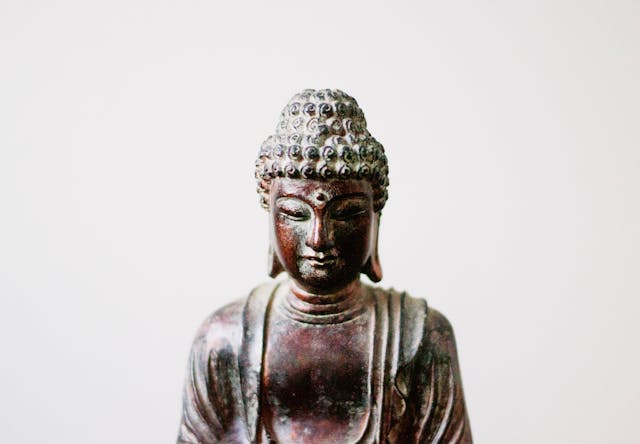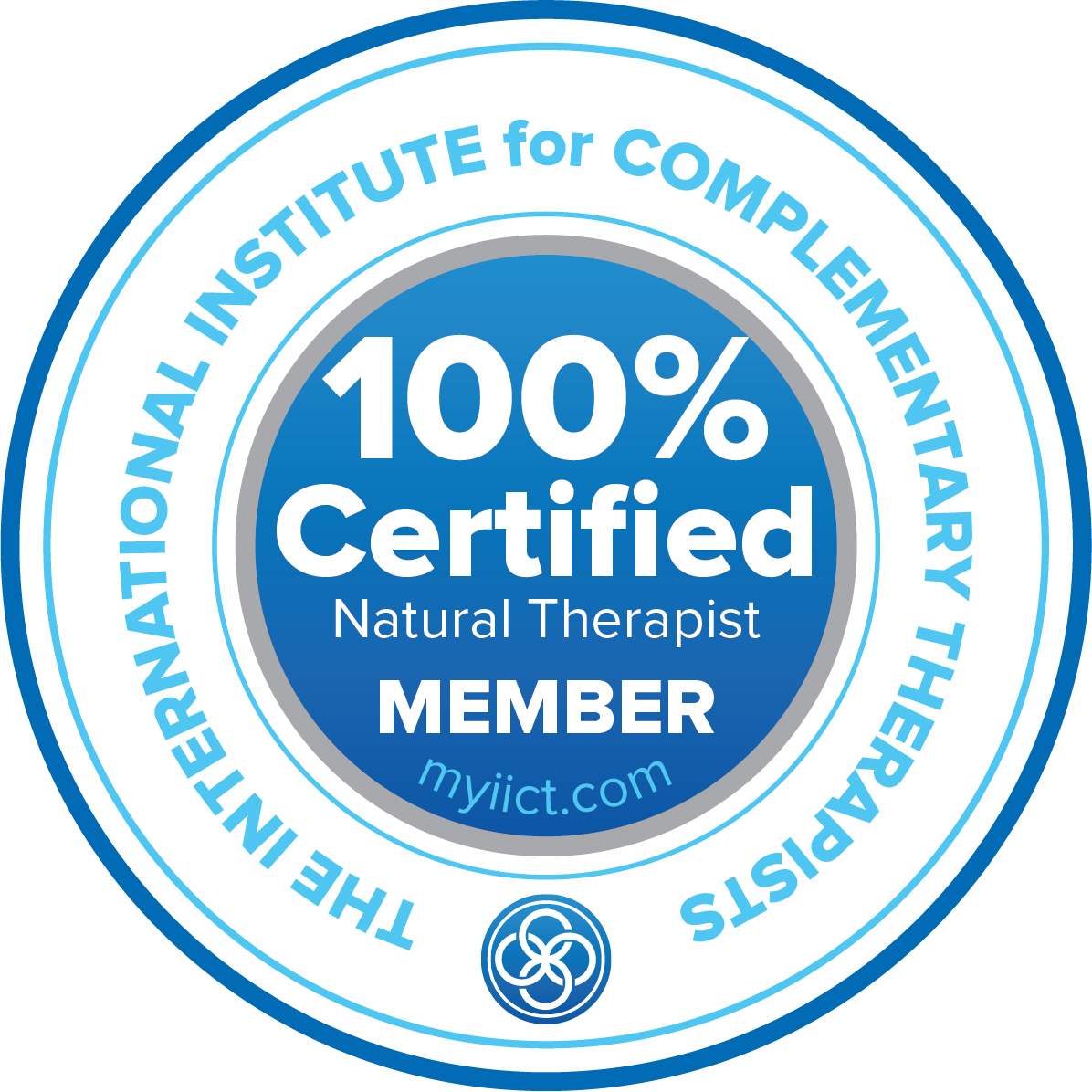For my latest articles and special offers, subscribe to Jess Ang's Intuitive Updates here.
Cultivating Silence

March 2023
The third group intuitive consultation of the year took place last weekend, and three more of these monthly sessions will be held next quarter; dates and times to be confirmed in April.
Silence
One of the key messages in my book Channel is to ‘ask and open’ – that is, to ask for inspiration when we want or need it, and to then open to receive whatever intuitive guidance comes through.
A common trap is to ask repeatedly for an answer or response, but then forget the part about opening. We remain energetically closed or mentally scattered, swamped by mental distractions and unable to listen to the quiet voice of our intuition. As much as we may aspire to receive guidance, without cultivating a certain degree of inner silence we’re unlikely to hear it.
Earlier this year I participated in a silent meditation course, which really revealed how loud and noisy my mind can be. In the couple of months since completing the course, I’ve thought a lot about inner silence and what does and doesn’t help to achieve it.
It also brought back memories of the first silent retreat I attended back in 2007, as there were certain experiences from that time that arose again.
Ouch
People warned me in the lead up to my 2007 Vipassana retreat that it would be hard to not talk for days on end, but it turned out that it was hardly a problem for me (in many ways, it was nice to have a break from talking). Even the 4am wake up time and the instruction not to make eye contact with anyone wasn’t so bad.
My greatest difficulty lay in the physical arena. Each session of sitting meditation would start off okay, before the pins and needles would pop up in my feet and legs, followed by such a strong level of discomfort that on many occasions my mind would end up screaming in pain (I hoped this might ease the tension a bit, and that mental expression of anguish was allowed since no one else could hear it). As it was a 10-day retreat involving 10 hours of sitting meditation per day, you can imagine how amusing it was to hear people say afterwards, “Ooh you went on a meditation retreat, how relaxing!”
On one of the first few days of the retreat, we were given a lecture that was relevant to my struggles. We were told that emotional blockages often come up during meditation in the form of various types of pain. By staying impassive and nonreactive, the belief was that those blockages could come to the surface and be released rather than remain stored in the body, which sounded terrific in theory but was not fun in practice.
There were many sessions where I questioned whether the pain was indeed caused by those emotional blockages we had been cautioned about, or whether there was some physical cause or condition that required me to move to prevent unnecessary injury.
Eventually, there was a breakthrough. The usual pain that had begun during the meditation session suddenly subsided towards the end, replaced by a delicious feeling of relief and even bliss. Those glorious moments were few and far between, greatly outnumbered by the mundane and uncomfortable ones, but were very memorable.
On the final day when we were allowed to start speaking again, participants shared experiences with each other. One woman told me of the emotional pain she’d battled with during the 10 days, though she had no physical discomfort. I envied her experience – no pins or needles, no leg or back pain! – but she was jealous of mine, saying she would have swapped her emotional turmoil for my physical pain any day if given the choice. Ultimately, it seemed that people found the meditation to be incredibly challenging in their own unique ways, and yet rewarding too. Everyone I spoke to had expressed their intention to do a similar silent retreat again in future, which implied that the negative parts were outweighed by something much more meaningful and beneficial.
So, when people commented on how relaxed I must have felt at the 10-day meditation retreat, I responded to say that although it was far from easy, it did feel life changing.
Fast Forward
At my most recent silent meditation experience, the challenges of physical pain returned with a vengeance. There were some instances where I began to sweat all over due to the intensity of it.
And on a mental level, I saw how my consciousness seemed to be on a loop, turning toward the same two or three topics endlessly. Of course, thoughts can take on various forms and relate to different aspects of a topic, but that doesn’t change the fact that they are essentially the same sort of thoughts on repeat, like a broken record. The same thing happened on that other retreat 17 years ago. They were different topics then, but the pattern and repetitiveness of my thoughts was the same. I strongly suspect that this has become a habit for most of us in modern life, but it only becomes obvious during a prolonged period of silence such as during a retreat setting.
At some point during the last few days of the most recent retreat, after having spent most of it feeling irritable and uncomfortable, I finally accessed a quality of inner silence that felt steady and somehow more natural than my usual mental state. I haven’t felt it to the same extent since leaving the course, but even the memory of it seems to have impacted upon my life in a good way.
The contrast between that state of silence and my habitual mental chatter made me think of my previous family pet, Titan, whose erratic behaviour I witnessed when growing up.
He was such a noisy thing, reacting to the slightest little provocation or sound with barking and jumping. Often, to our embarrassment, he would stop barking only to act in the most antisocial manner, such as by mounting a visitor’s leg and thrusting against it.
Whenever we had to take him to the vet, Titan would try to scamper off the examining table (though who could blame him, having known from past visits that he would be poked and jabbed in all sorts of unpleasant ways?). Every time he made a run for it, we would drag him back, again and again and again.
As I watched my mind during the silent retreat, I saw how it had to be brought back in a similar manner, again and again and again. It wanted to run away and chase distractions just as Titan had desperately wanted to escape the vet.
On one occasion, however, Titan behaved unlike his normal self. A Tibetan Buddhist monk came to our home. He was a Geshe, meaning “spiritual teacher”, and he paid us a visit while in Australia as he knew my dad. He approached the front door in the same way every other visitor had over the past several years, each of whom (up until that point) had triggered an explosion of barking and gnashing of teeth in our tiny pet. This time was different. I watched in awe as Titan walked instead of scampered to the front of the house, without a sound, and looked at the monk. When the door was opened and he was invited into our home, Titan followed him quietly, as though a loyal disciple. As the Geshe made himself comfortable on the couch in the lounge room, Titan sat at the monk’s feet, facing him in silence the entire time.
When I reached a certain level of silence within myself back in January, it was as though my unruly thoughts – which had been acting like a pack of wild dogs or small delinquent children – fell quiet and still at the base of this silent sense of presence, in awe of it, as Titan was with the Geshe.
Slow Motion
After returning from the retreat, everything felt
a bit like it was in slow motion. Even my speech, which has often been
described as a little speedy, was slower than usual. In that state I noticed there
were some things that helped to maintain more inner silence – for example, meditation,
solo walks, and repetitive tasks such as chopping vegetables without any
background music.
Other things made that silence seem more elusive. Using technology was one, especially checking email and phone text messages. Obviously, there is a way to do these activities with awareness, but I could see how I tend to engage in them less consciously by default.
Being too busy or rushed was another thing that had an unwanted effect. I’ve developed a newfound appreciation for getting things done with extra time to spare, turning up for things earlier than necessary, and choosing not to get involved in more activities than I can handle.
If I’ve put you off the idea of a silent meditation retreat (and hopefully I haven’t!) perhaps you’ll consider creating more silence in your daily life regardless. Why not establish a short morning meditation practice, or take a walk out in nature when time permits, or pause to take a mindful breath before answering the phone or responding to messages? Perhaps there are other strategies you can think of that will work well for your lifestyle.
In addition to the positive impact that these efforts can have on health and wellbeing, the effect on our ability to receive inspiration might also be much greater than expected.
Click here to receive new articles by email
<-- Previous article Next article -->






